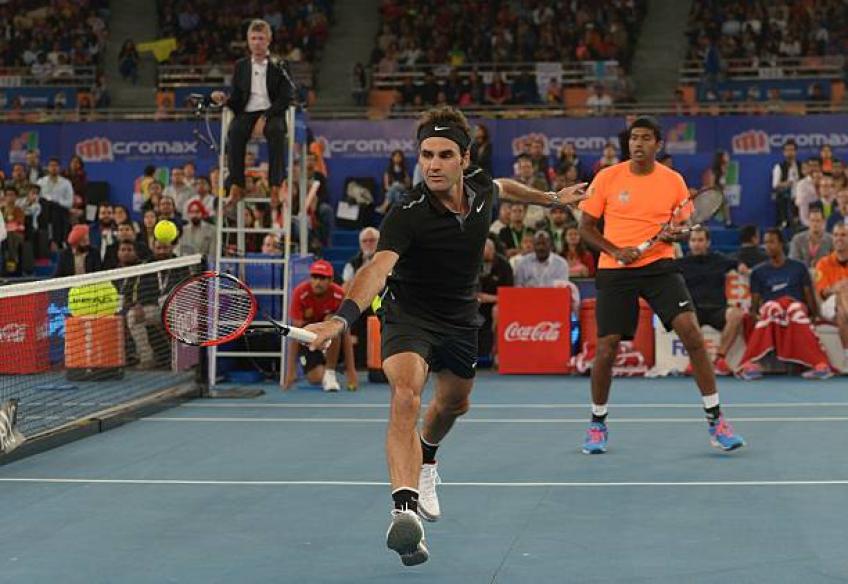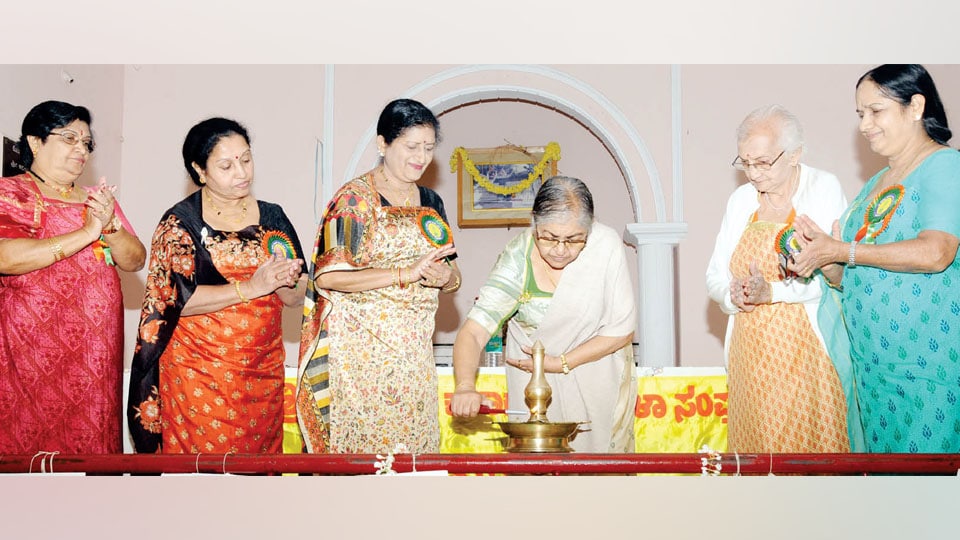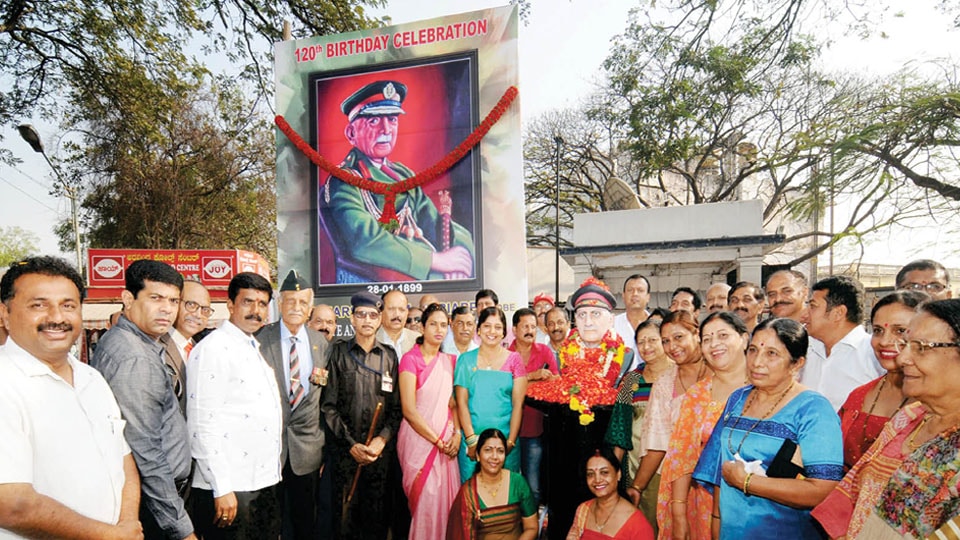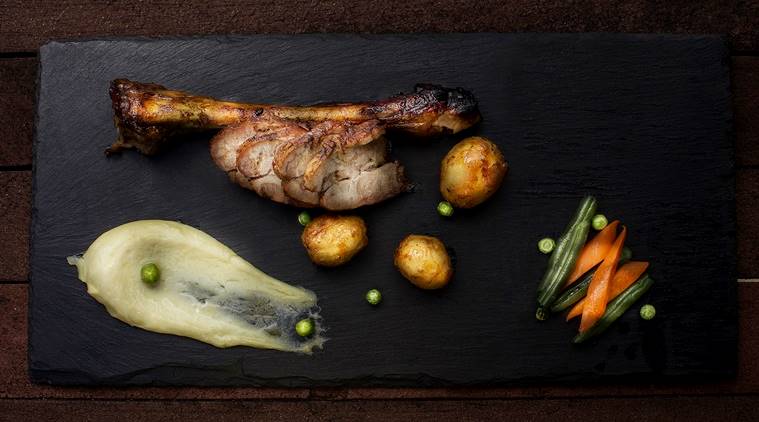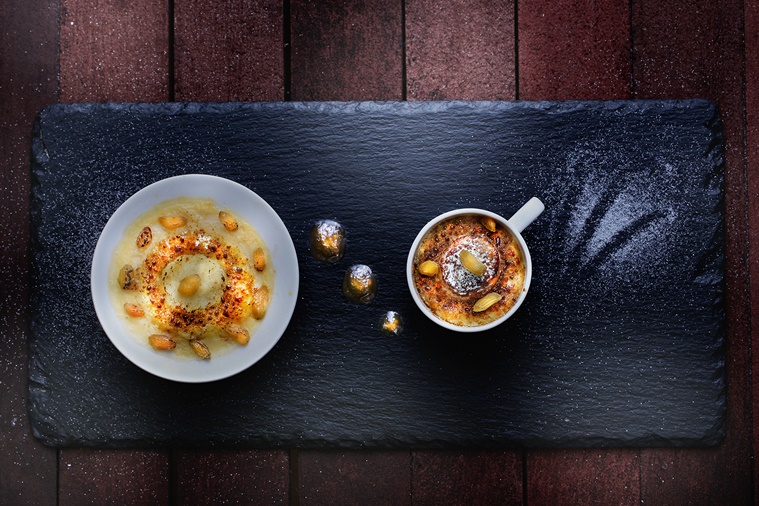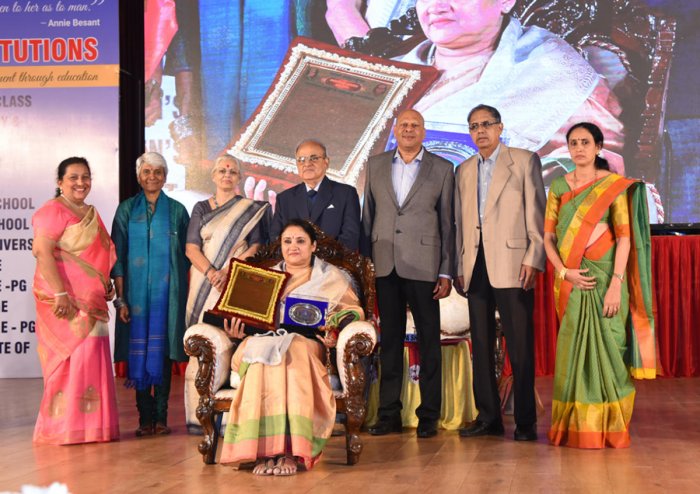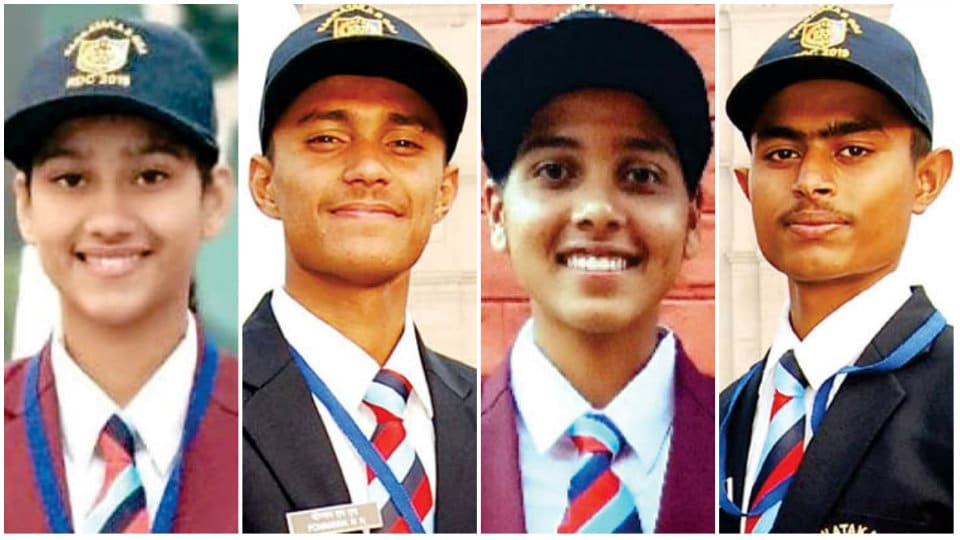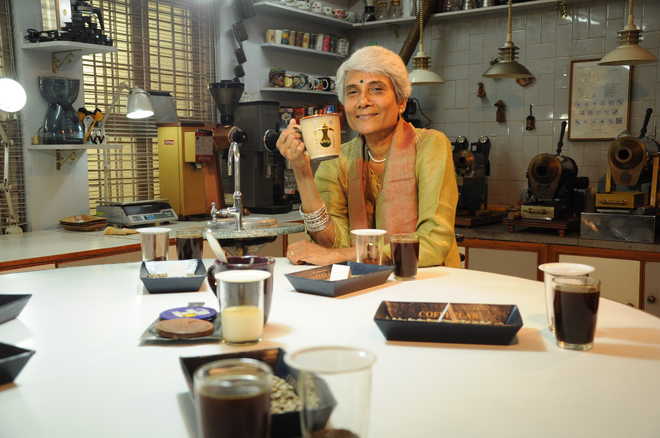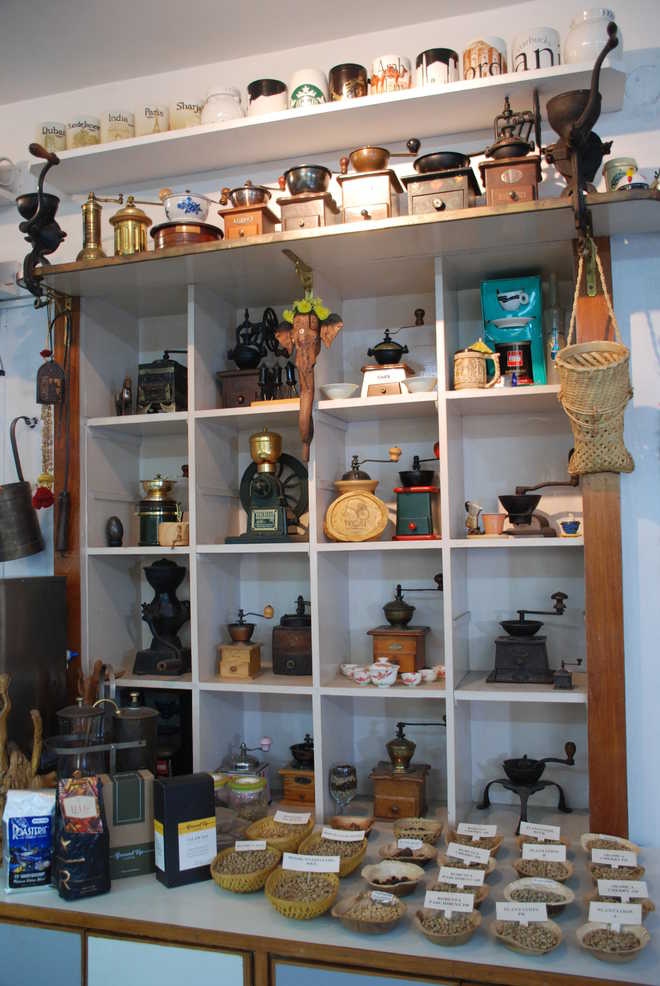We caught up with tennis star and coffee connoisseur Rohan Bopanna at his swanky Airbnb pad in Melbourne, who told us why taking a power nap is the best thing to do before a match
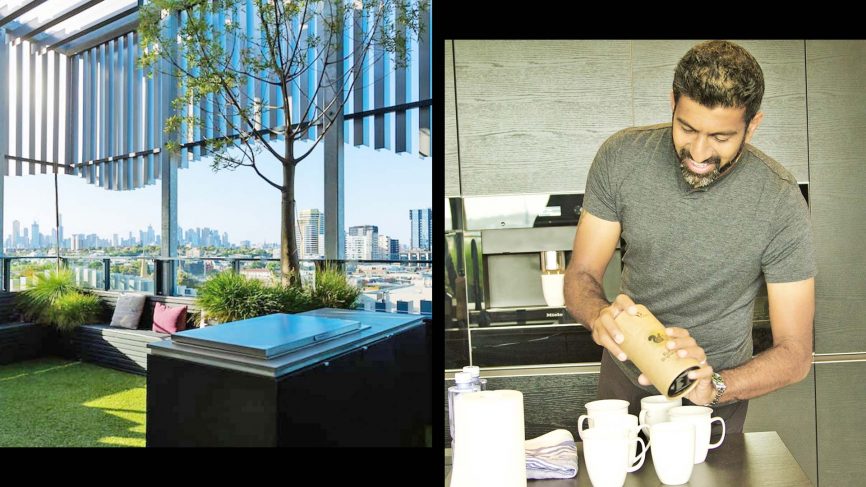
Tennis player Rohan Bopanna is in Melbourne to play doubles at the Australian Open, one of his favourite Majors, “because the weather is always incredible at this time of the year; and the hospitality is amazing.” For instance, players have access to an exclusive concierge desk that’ll organise everything from bookings at the hottest restaurants in town; or a seat at the cricket match.
While they’re here, Bopanna and his crew are staying at a stunning four-bedroom penthouse at The Birdcage building in South Yarra, a 20-minute drive away from the iconic Rod Laver arena. When we visit, Bopanna brews us a cup of his master blend for Flying Squirrel, using beans sourced from his Coorg estate. “It’s quite popular on the circuit,” he says. “Some players have already complained that I haven’t replenished their supply from last year.”
It’s clear that Bopanna’s at home here. On the kitchen slab lies a packet of granola by The Muesli Guys, and a test tube of Rooftop Honey. In typically Aussie style, this is a hyper-local project run by urban bee-keepers, who harvest honey from beehives placed on the rooftops of some of Melbourne’s coolest bars and cafes.
The previous day, Bopanna and his doubles partner Divij Sharan lost to Spaniards P. Carreño Busta and G. García-López in an early round at the AO, but he appears to be in good spirits. “It’s still a new partnership, and we’re working to develop our rhythm.” It’s a combination that’s worked in the past, with the duo winning a gold at the Maharashtra Open earlier this month, and at the Asian Games in Indonesia last year. Before he heads out for a practice session, Bopanna chats about why he prefers living in an Airbnb to hotels and the best spots in his South Yarra hood.
This is a great neighbourhood. You have the Chapel Street Bazaar, Prahran market close by – all very indie and cool.
I love walking around, and I love that there are so many great restaurants within walking distance. If I want to go out for a cup of coffee, I’ll go down the road to The Pound Café. In terms of places to eat, I love Mr Miyagi for its Japanese. There is Chapelli’s for Italian, and Oriental Tea House, which has great dumplings. One of my favourite restaurants in the city is Neil Perry’s Spice Temple [at the Crown hotel].
You’ve been using Airbnb’s instead of hotels for a while now. Why?
The space really makes a big difference. When you’re travelling more than 30 weeks in a year, it can get tough to just live out of a room and a bathroom. For some years, I’ve been travelling with my coach and trainer, and it’s nice to be able to travel together and stay together. Tennis can be a lonely sport.
I have friends in Melbourne, and it’s nice to be able to call them over. The other advantage is having your own kitchen, which I use to make a little breakfast etc. I don’t cook a lot, but whenever I do, I can control the oil that goes into the food. This building has a gym, which is something I also look for when I’m looking at Airbnbs.
This feels more like living like a local, than say living in the CBD, which is always so busy. Not a lot of tennis players live here, which I like, because you get a bit of a break. Otherwise, it’s like going to office – tennis is office for me – and then coming back home and seeing the same people.
Who are some of your tennis icons?
Stefan Edberg – for the way he conducted himself off-court too. I had the opportunity to meet him, and he was just as I’d imagined him to be. Aisam-ul-Haq Qureshi and I we were playing against Roger Federer and Stanley Wawrinka [in 2014], and Stefan Edberg happened to be coaching Roger Federer. He happened to be sitting in the box obviously, watching Federer. It was crazy – I couldn’t have imagined playing against some of the best tennis players in the world, and then having your idol watch the match.
How do you get yourself in the zone before a game?
I sometimes take a 10-12 minute power nap before I get in the game, just to relax my body. I visualise the game, and then get into it. Otherwise, there’s so much going on on the tennis court, in the locker room… This is to just cut off and be prepared to focus on my game.
Props to you to be able to pass out before a match, despite the anticipation and the pressure.
Absolutely, once I lie down, I can knock out within a minute or two. And it really helps me get in the zone.
How has your fitness and diet changed over the years?
I did a food intolerance test in India, which showed that my yeast intolerance was very high. So I’ve completely stopped having bread; it’s been about two years now. Perhaps before a match, I’ll have fish and white rice, which gives me the energy I need. While playing, I’ll have banana and you need electrolytes and water of course – especially when it’s hot. Otherwise, I keep things as simple as possible. Fitness wise, I travel with my trainer, and that’s made a huge difference in terms of stretching at the right time, cooling down – especially as you get older and recovery becomes more important.
What makes the Australian Open Special for you?
The culture, the tournament, the way they treat us – it’s one of the best experiences for players. The tournament always goes out of the way to constantly make sure that players get the best possible facilities, and that’s why a lot of players love coming to the Australia Open. Melbourne is a great city, especially for someone like me who’s a huge foodie. There are fantastic restaurants across the city; and the weather is great this time of the year. Even if you just walk around the courts at Melbourne Park, irrespective of who is playing, there’s always a big crowd that’s very passionate about tennis. You see [people from] different cultures, and it’s a delight to see how they cheer and help their players get through those tough rounds. It’s a great opportunity for anyone to come and experience this atmosphere.
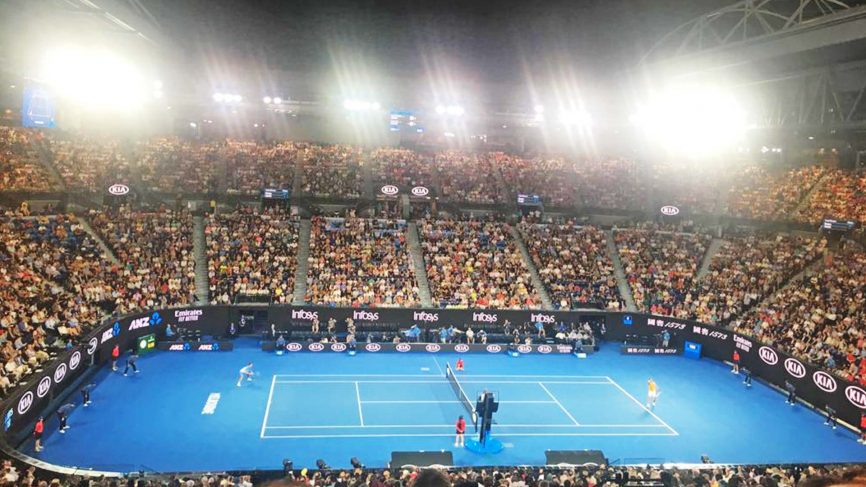
Which are some of your other favourite tournaments to play at?
Luckily for me, my tennis takes me to some wonderful cities, London for Wimbledon for example. And you get to see them at their best when you travel at the highest level. I love Palm Springs too [which hosts the Indian Wells Masters in March]. Indian Wells is a small place, but it’s really nice there, you can drive around and explore the town. It’s very quiet and has a lot of golf courses. I love golf, so I get in a game whenever I can. In terms of places I just love visiting, it would have to be New York. Manhattan for the buzz. But when I’m there it’s for 10-12 days, two weeks, I don’t know if I could live there.
What do you think of the current state of Indian tennis? Any younger players to watch out for?
I’d love to see more international tournaments – like ITF’s Futures, ATP’s Challengers – being played in India. And we need a more robust grass-root system. The former is important because it would help Indian players to play more in their own country. Because tennis is an expensive sport and to constantly travel to different countries to play becomes tough for many athletes. So if each state in India, could just bring in one or two tournaments, it would be great. Right now, we only have one ATP event in India [the Tata Open Maharashtra in Pune].
Do you see this happening in the near future?
No, but I think it depends on corporates, federations, players, everyone coming together and really building that system. In Bangalore, I have tied up with this gentleman who runs the Sports School. It’ll have boarding, lodging, and offer multiple sports. Every kid will have to play two hours of mandatory sport; and after they’re 11 or 12 they can specialise in the sport of their choosing. I already have the Rohan Bopanna Tennis Academy in Bangalore, and have a bunch of Serbian coaches who are constantly there. Now we will coach exclusively via the school, which has seven ITF-approved tennis courts. It’s a similar concept to the schools you have in the US – where sports is the priority, but you also get a well-rounded education.
Building a new system from the ground up will take time to bear fruit.
It will definitely take another 10-15 years, because it’s a process at the end of the day. Not everyone is going to become a world champion, but you have to do the right things to get the right results. And I’m fortunate to have access to some of the world’s top coaches, the latest developments in the field of sports science. So we’ll have a sports science centre too – and kids will have access to the correct diet, to nutritionists, psychologists, best practices in fitness, recovery…
Who are some of the most exciting young players on the circuit now?
There are a couple of youngsters who are doing well – Siddhant Banthia. Mahak Jain, who’s playing well and has a lot of potential. I think we have some great juniors in India, but sometimes the coaches need to understand that there’s a better facility, a better system for their students. Abroad, coaches will train a particular age group, say from six or seven, till 12 or 13. Then someone else takes over and takes their game to the next level. Here you may have a great talent, but coaches will coach kids till they’re 18, and that doesn’t always give you the best results.
Is the tennis community quite tight-knit in India?
It is everyone doing their own thing at the moment, but I think we all need to come together for the better of the sport. I think that’s what will make a difference at the end of the day.
source: http://www.gqindia.com / GQ / Home> Live Well> Travel / by Shika Sethi / airbnb.com / January 25th, 2019
